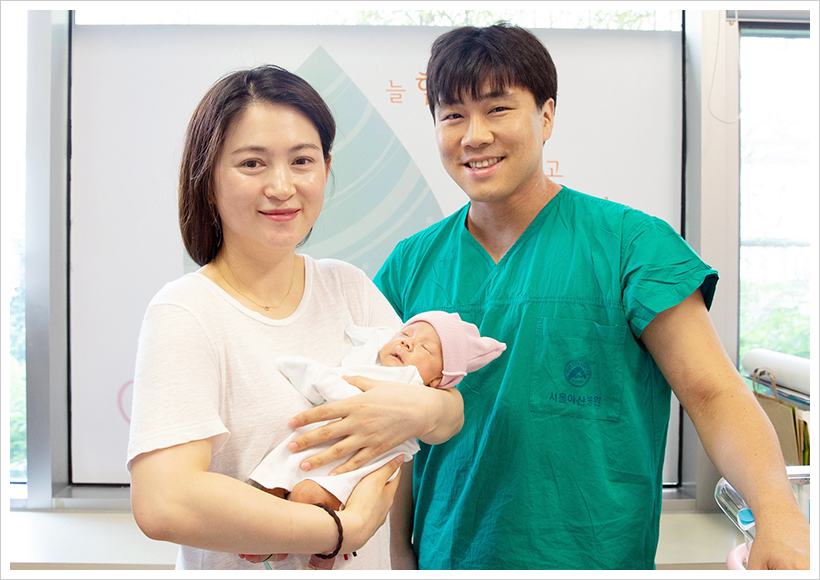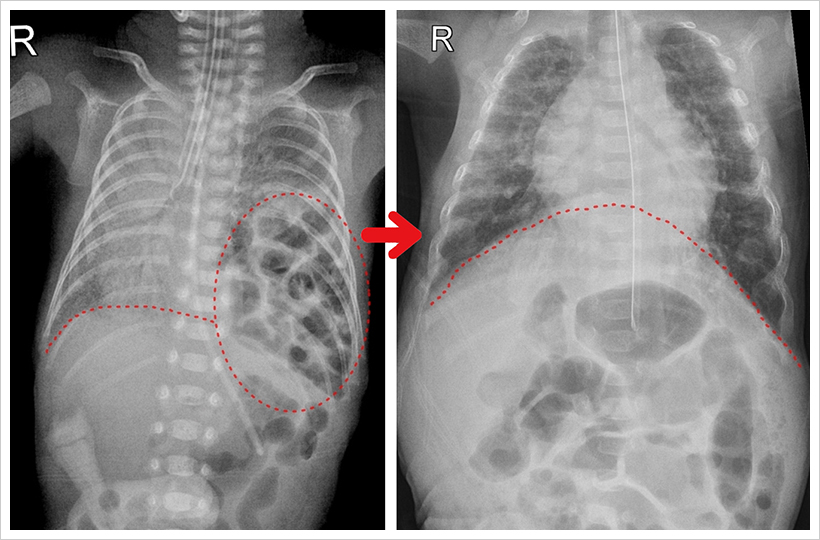RELATED Live.
- About us
- KIMA Members
-
KIMA Doctors
- All
- Anesthesiology
- artificial joint center
- Breast and Endocrine Surgery
- Breast cancer and thyroid cancer center
- Breast Surgery
- Cardiology
- Cardiothoracic Surgery
- Cerebrovascular Center
- Colorectal Surgery
- dental and maxillofacial surgery
- Dermatology
- Endocrinology
- Gastroenterology
- General Surgery
- Genito-Urology
- Hematology
- Hemato-oncology
- Infection Center
- Internal Medicine
- International Healthcare Center
- Korean Medicine
- liver center/Pancreas and billiary tract center
- Liver Transplantation
- Neurology
- Neurosurgery
- Obstetrics & Gynecology
- Ophthalmology
- Orthopedic
- Otorhinolaryngology
- Pediatric & Juvenile
- Pediatric Allergy and Respiratory Diseases
- Pediatric Gastroenterology
- Pediatric Neurology
- Pediatrics
- Physical Medicine & Rehabilitation
- Plastic & Reconstructive Surgery
- plastic surgery
- Pulmonology
- Radiation oncology
- Rheumatology
- Thyroid & Endocrine Surgery
- Urology
- Vascular Surgery
- KIMA News
- KIMA Live
- Community
KIMA NEWS

Prematurely born at twenty-seven weeks and weighing nine hundred grams, the smallest child to survive a diaphragm hernia was delivered at Seoul Asan Medical Center.Diaphragm herniais an often fatal birth defect where the organs in the stomach rise through the perforated diaphragm, compressing the heart and lungs, to overcome this the treatment and surgery takes seventy seven days.
A neonatal team at Asan Medical Center in Seoul has successfully treated 'Ultra premature diaphragm hernia,' which requires intensive treatment for high-end newborns.
Born at 900 grams, Mi-sookChoi’s stomach rose between her perforated diaphragm, overcoming the double whammy of congenital diaphragm hernia, a serious condition that squeezes the heart and lungs, and returning to her parents' health.
※ Lateral diaphragm: Muscle membrane dividing the chest and abdomen, chest (heart and lung) at the top, and belly at the bottom (extra-mineral organs).The neonatal team at Asan Medical Center said a baby born with 900 grams of ultra-lowweight premature babies in twenty-seven weeks and five days with congenital diaphragm hernia recently left the hospital after 76 days of intensive care for newborns. According to a report by the American Academy of Pediatrics, the smallest child born and survived with left congenital diaphragm hernia has been known to weigh 960 grams. Hossam was born at 900 grams, 60 grams less than he was, but he overcame the difficult surgery and finished the treatment well before returning home.
Congenital diaphragm hernia is a condition in which the heart and lungs in the chest are separated from the digestive organs in the stomach, which is naturally perforated by the diaphragm. The organs in the stomach are pushed up through the hole in the diaphragm, pressing the heart and lungs in the chest, causing breathing problems and heart function to fall. One out of every 2,000 to 3,000 newborns is believed to have been born with congenital diaphragm hernia, based on the number of babies born in South Korea of 320,000.
Usually, if pre-natal tests confirm the fetus' congenital diaphragm hernia, it is allowed to grow in the mother's belly as much as possible and give birth when it is over 36 weeks old. After birth, newborns need to be treated with a ventilator and eccmo (ECMO) due to severe respiratory failure, and have surgery to lower the digestive organs that have risen through the perforated diaphragm into the stomach and block the hole.
However, the chances of survival are slim because the blood vessels are too thin to insert a needle (catheter) for premature babies, especially those weighing less than 1 kilogram. For this reason, intensive care for premature babies is considered one of the most difficult treatments.

Since Hossam, an ultra-aged child, was unable to be treatedwith ECMO, and since there were few treatment experiences of an ultra-aged child with congenital diaphragm hernia worldwide, the neonatal team at Asan Medical Center in Seoul used its medical knowledge to monitor the condition as often as possible to maintain adequate oxygen levels.
Since the organs of the fire extinguisher were all inside the chest, the mother was not able to eat it normally, so the injection nutrient was administered through the central venous tube, but bile congestion occurred and intestinal obstruction occurred due to increased pressure on the liver to decipher the injection nutrient.
However, he overcame all this and became 1,530 grams on May 20, when he was 40 days old, successfully conducting a surgery to block a perforated diaphragm by pediatric surgeon Jeong-man Namgoong.
Then, on her 47th day of birth, she took out a respirator and began breathing on her own, and recovered quickly enough to breastfeed with her mouth, weighing 2.4 kilograms, allowing her to return home with her parents like normal newborns on Saturday.
The child's parents are both Chinese and have been trading in South Korea for more than 20 years. The mother, Hyang-sunJeong, 38, said, 'I gave birth to two children in Korea, and I had a third child again, and the whole family was waiting for the child with joy, and I was so desperate to see the child going between life and death. However, I am happy that my child can get back in shape and go back home with his family. I'm really grateful to the medical staff at Asan Medical Center in Seoul for saving my child,' he said.
RELATED Doctor
RELATED Members
Inquiry